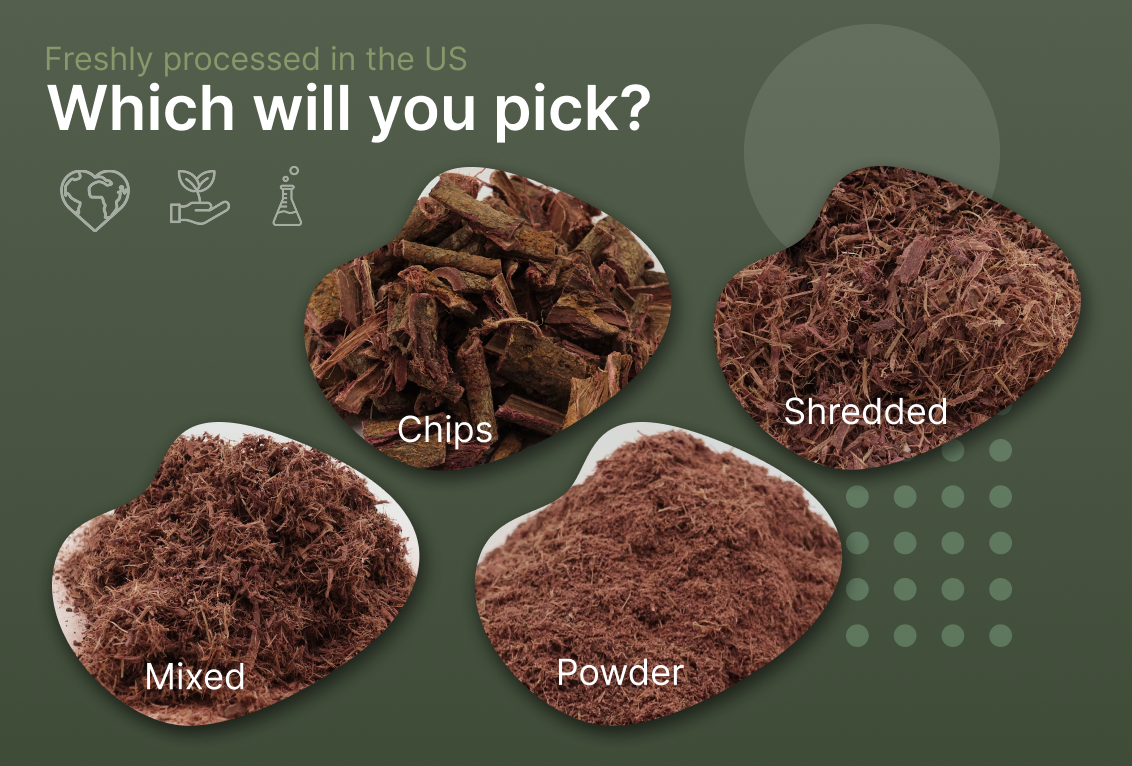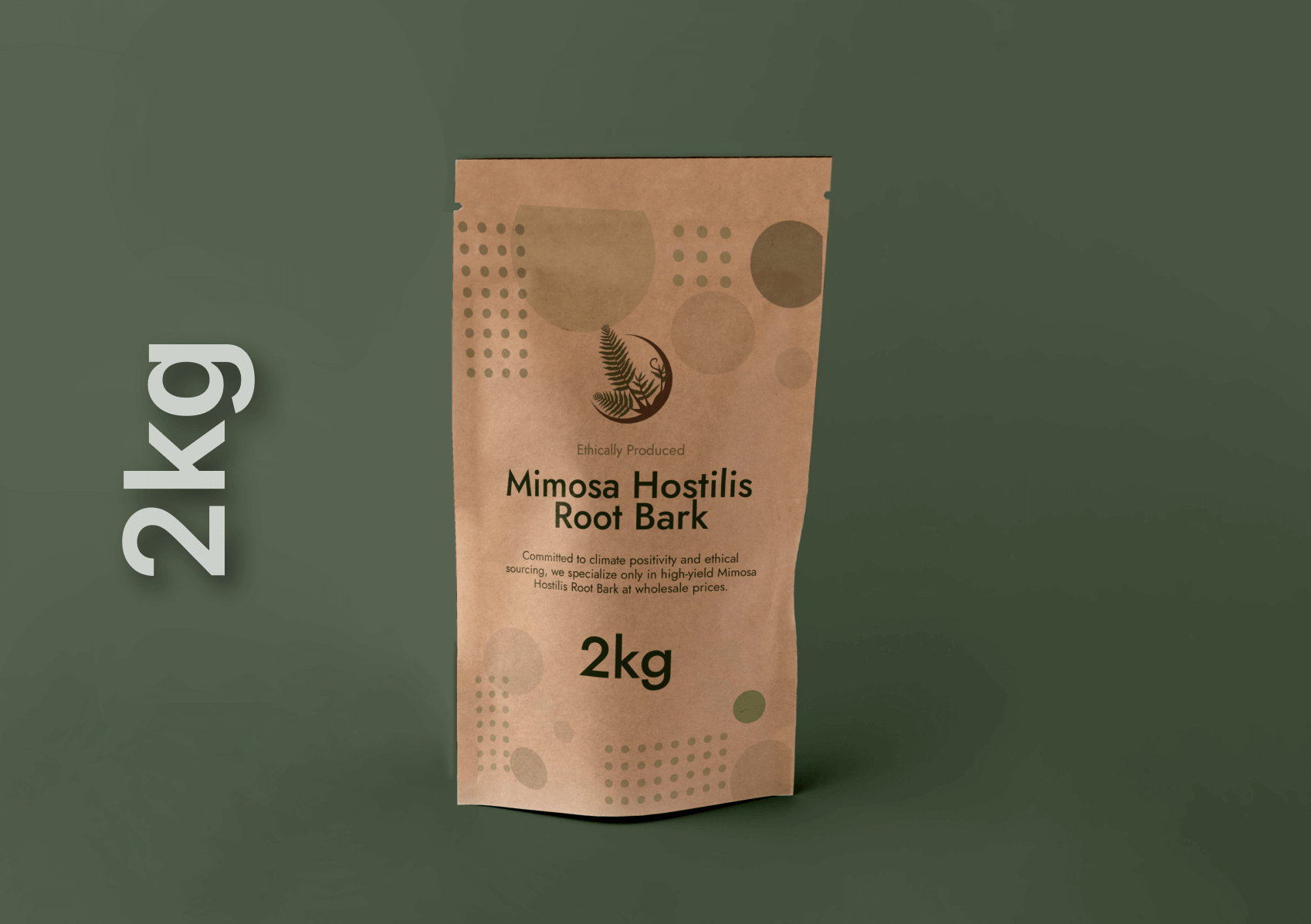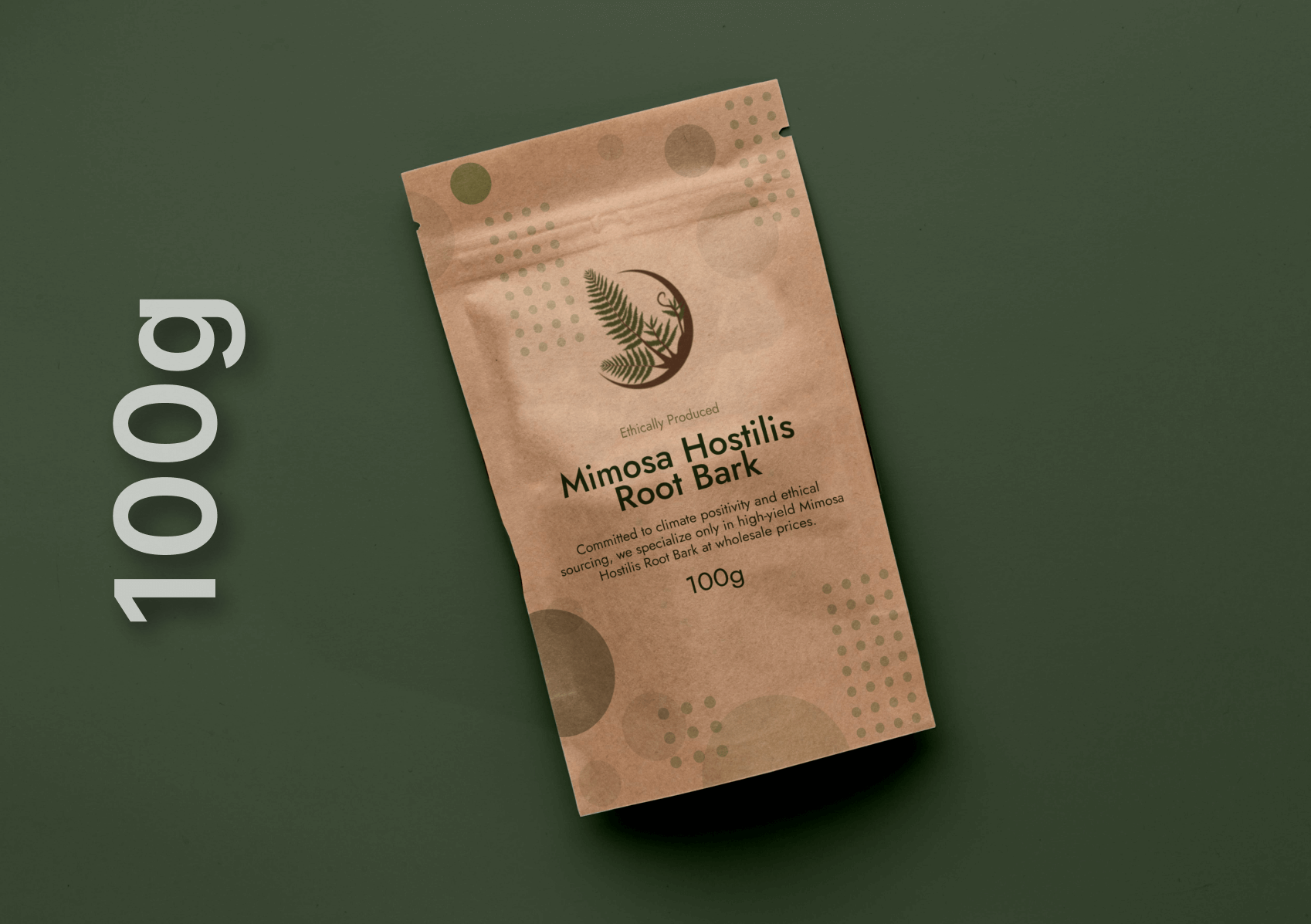The tepezcohuite tree (Mimosa tenuiflora), commonly known as the “skin tree,” occupies a distinguished position within the historical healing systems of the Mayan and Aztec civilizations. For centuries, these cultures used its bark as a trusted remedy for skin repair, wound protection, and overall regenerative health. Living in environments that presented harsh weather conditions, infectious threats, and limited medical tools, ancient healers relied on tepezcohuite as one of their most powerful botanical allies. Its healing value extended far beyond practicality, becoming a symbol of renewal and an essential component of both medicinal treatments and spiritual traditions.
Mayan Use of Tepezcohuite as a Regenerative Medicine
In Mayan communities, tepezcohuite was deeply integrated into daily and ritualistic forms of healing. Mayan healers, known as h-men or curanderos, recognized the bark’s extraordinary capacity to support skin restoration. It was commonly applied to burns, cuts, insect bites, and ulcerations. The humid and microbe-dense environment of Mesoamerica made infections a constant risk, and tepezcohuite became indispensable for shielding damaged skin while helping it regenerate.
To prepare their remedies, the Mayans harvested the bark, dried it under the sun, and ground it into a fine medicinal powder. This powder was either used alone or mixed into pastes, ointments, or infusions made with water, plant oils, or animal fats. These preparations were spread directly onto the skin, creating a protective layer that accelerated natural healing. While topical treatments were its most prevalent form, some communities also brewed the bark into cleansing liquids to wash wounds or support internal wellness, further showcasing the plant’s versatility.
Aztec Ritual and Therapeutic Integration of Tepezcohuite
Among the Aztecs, tepezcohuite also held a prominent place in medicine and ritual life. The Aztecs maintained one of the most sophisticated medical systems in the pre-Columbian world, and their herbal codices describe tepezcohuite as a valuable remedy for inflammation, traumatic injuries from warfare, insect stings, and sun-related skin damage. Long before contemporary science identified antibacterial and anti-inflammatory compounds in the bark, Aztec healers understood its effectiveness through centuries of empirical observation.
Beyond its medicinal use, tepezcohuite carried spiritual meaning within Aztec cosmology. Plants were viewed not merely as physical tools but as sacred gifts endowed with spiritual properties. Tepezcohuite, associated with purity and renewal, was woven into rituals that combined physical healing with spiritual realignment. Healing sessions often involved chants, smoke cleansing, and offerings to deities connected to health, agriculture, and natural cycles. Through these rituals, the bark served as a medium that aligned the body, spirit, and environment in a single restorative process.
Why Tepezcohuite Became a Staple in Ancient Mesoamerican Medicine
Tepezcohuite became a cornerstone of ancient Mesoamerican medicine due to its unique botanical composition. Modern research has revealed that the bark contains tannins, saponins, flavonoids, and regenerative sugars such as xylose. These natural compounds provide antimicrobial protection, soothe inflammation, support collagen production, and shield the skin from further irritation. Although ancient cultures lacked modern analytical tools, they observed the bark’s reliable outcomes in wound healing, infection prevention, and skin renewal.
In societies where people were frequently exposed to injury—whether from farming, travel, warfare, or daily labor—having a plant that reduced infection risk was crucial. Tepezcohuite offered protection in an era before antibiotics existed, enabling individuals to recover more safely from injuries that might otherwise have been life-threatening. This practical effectiveness cemented the tree’s reputation as an indispensable component of the healer’s toolkit.
Tepezcohuite in Community and Ceremonial Life
The use of tepezcohuite extended well beyond one-on-one medical treatments. In both Mayan and Aztec cultures, healing often took place within community settings. Families and villages gathered for seasonal renewal ceremonies, agricultural celebrations, and collective cleansing rituals. Tepezcohuite was used in these events to symbolize the restoration of balance and the renewal of life, mirroring the plant’s visible effects on the skin.
Its regenerative abilities held deep symbolic value. In cosmologies where cycles of birth, death, and rebirth shaped the understanding of existence, tepezcohuite served as a living reminder of nature’s ability to rebuild itself. Whether applied during healing rites or incorporated into spiritual offerings, the bark strengthened cultural identity and reinforced the importance of harmony between humans and the natural world.
The Continuation of Tepezcohuite’s Legacy in Modern Times
The legacy of tepezcohuite has carried into modern medicine and skincare with remarkable resilience. Its global recognition grew significantly in the late 20th century after reports of its use in treating burn victims during large-scale emergencies in Mexico. Since then, its bark has been incorporated into rejuvenating skincare products, anti-aging creams, and natural remedies for promoting tissue repair. As interest in botanical medicine continues to rise, tepezcohuite has become a sought-after ingredient for those seeking gentle yet effective natural solutions.
Scientific research has deepened the understanding of why tepezcohuite is so effective. Studies have highlighted its antioxidant potential, antimicrobial abilities, and impressive support for skin regeneration. These findings validate the traditional wisdom of ancient cultures and provide modern dermatology with a botanical ingredient capable of supporting collagen synthesis and protective skin functions. The fusion of ancestral knowledge and modern research has propelled tepezcohuite into contemporary relevance, demonstrating how ancient remedies can guide future innovation.
Sustainability and Ethical Harvesting of Tepezcohuite
As global demand increases, the importance of sustainable harvesting and ethical sourcing has become critical. Tepezcohuite’s cultural heritage and ecological importance must be protected to ensure that the communities responsible for preserving this knowledge are respected. Responsible use requires careful bark collection methods that allow trees to regenerate, along with reforestation efforts and fair compensation for indigenous harvesters. Safeguarding the tree ensures that its healing benefits remain available for future generations without diminishing the regions where it naturally grows.
Preserving the integrity of tepezcohuite is not only an ecological necessity but also a cultural one. The traditions surrounding this plant reflect centuries of accumulated wisdom, and respecting that heritage strengthens the connection between ancient healing and modern practice.
Conclusion
Tepezcohuite’s central role in Mayan and Aztec healing practices reflects the remarkable depth of knowledge held by ancient Mesoamerican civilizations. Its capacity to repair, protect, and renew made it a vital part of both medical treatments and spiritual traditions. Today, its influence extends into skincare science, ethnobotany, and holistic wellness, proving that ancient botanical wisdom continues to shape modern understanding. As interest in natural remedies grows, tepezcohuite stands as a powerful link between the healing traditions of the past and the innovations of the future.
FAQ’s
1. What is tepezcohuite traditionally used for in Mayan and Aztec medicine?
Tepezcohuite was primarily used for treating burns, wounds, skin irritations, and infections. Both cultures valued it for its regenerative and protective properties, making it a staple in their healing practices.
2. Why is tepezcohuite called the “skin tree”?
It earned this name because of its remarkable ability to support skin repair and regeneration. The bark contains natural compounds that help soothe inflammation, promote healing, and shield the skin from microbial threats.
3. How did ancient healers prepare tepezcohuite for medical use?
Traditional healers harvested the bark, dried it, and ground it into a fine powder. This powder was applied directly to the skin or mixed into ointments, salves, or infusions to create healing treatments tailored to different types of skin injuries.
4. Is tepezcohuite still used today?
Yes. Tepezcohuite continues to be used in modern skincare and herbal medicine, especially in formulations designed for regeneration, anti-aging, burn care, and natural skin protection. Scientific studies have validated many of its historical uses.
5. Is tepezcohuite harvesting sustainable?
Sustainability depends on proper harvesting methods. Ethical sourcing involves controlled bark removal, reforestation, and fair compensation for communities that cultivate and preserve the plant. Responsible practices ensure that tepezcohuite remains available for future generations.




